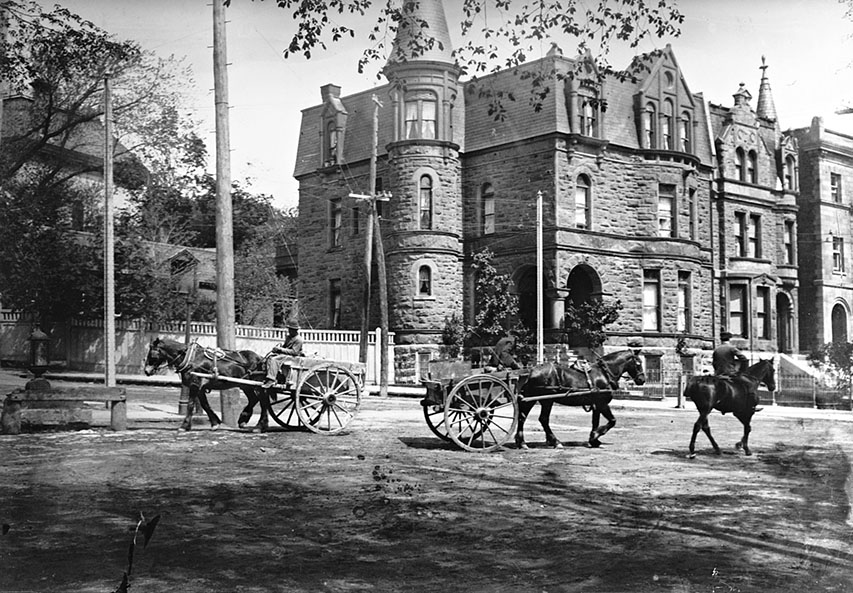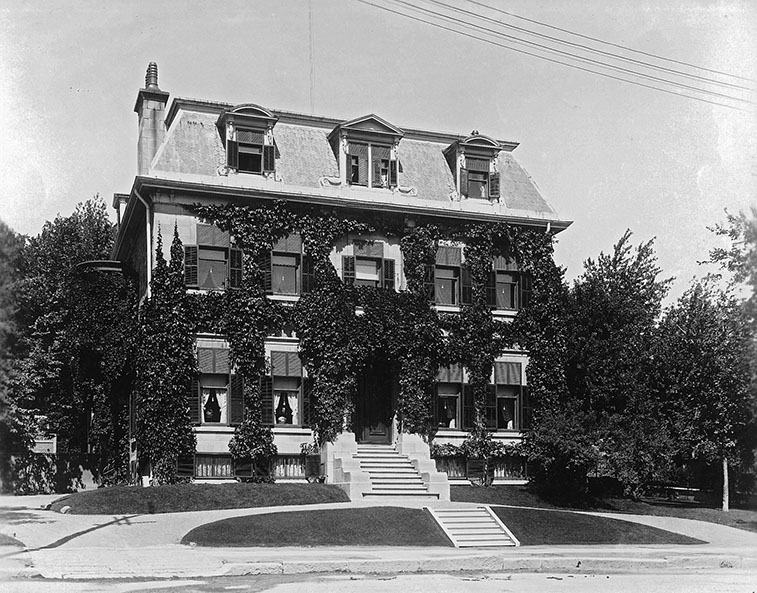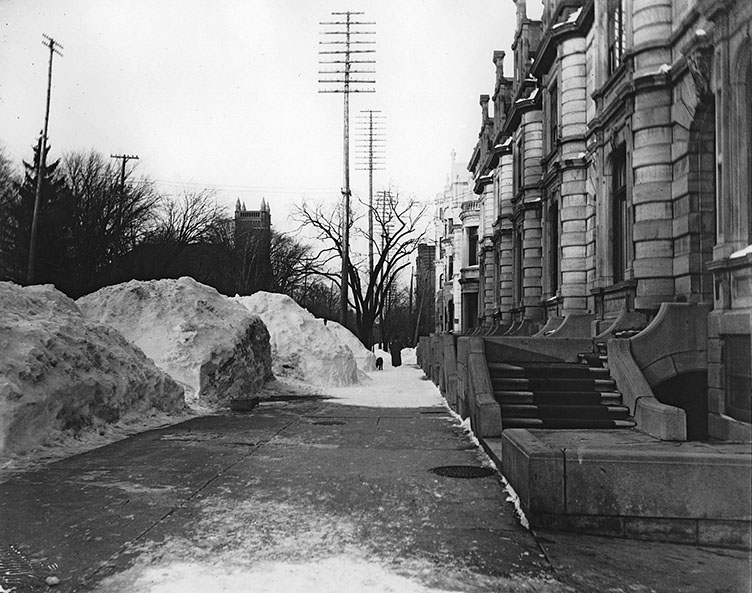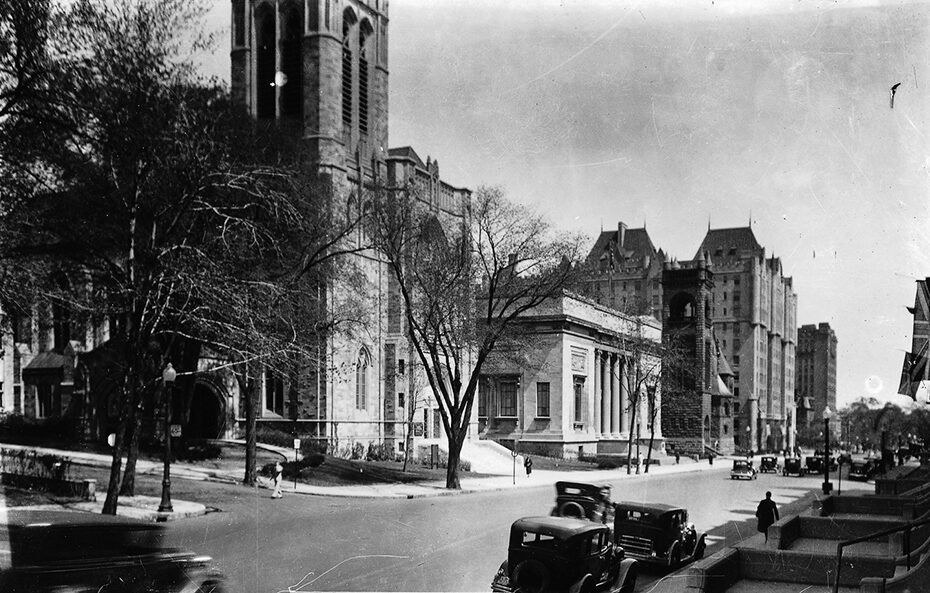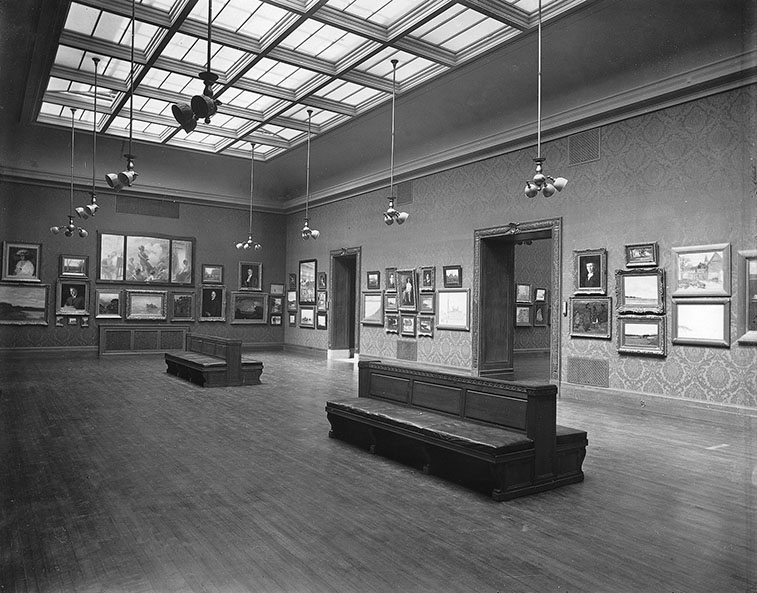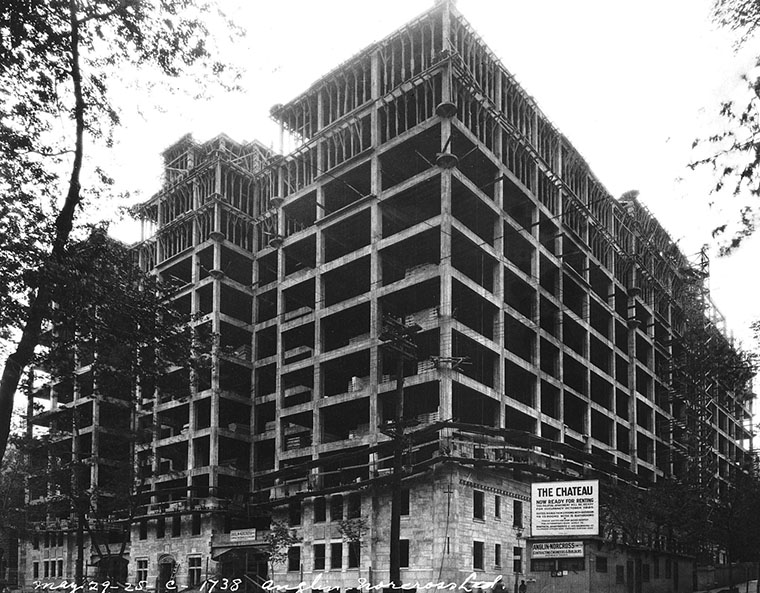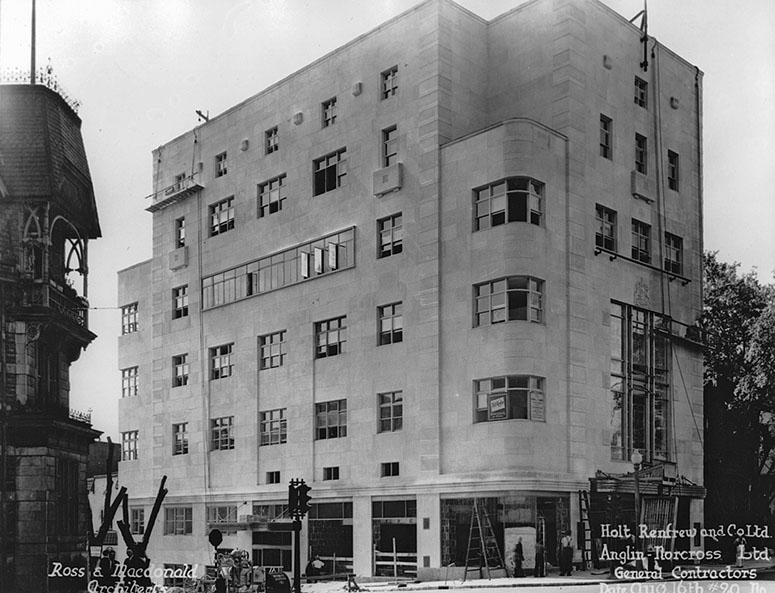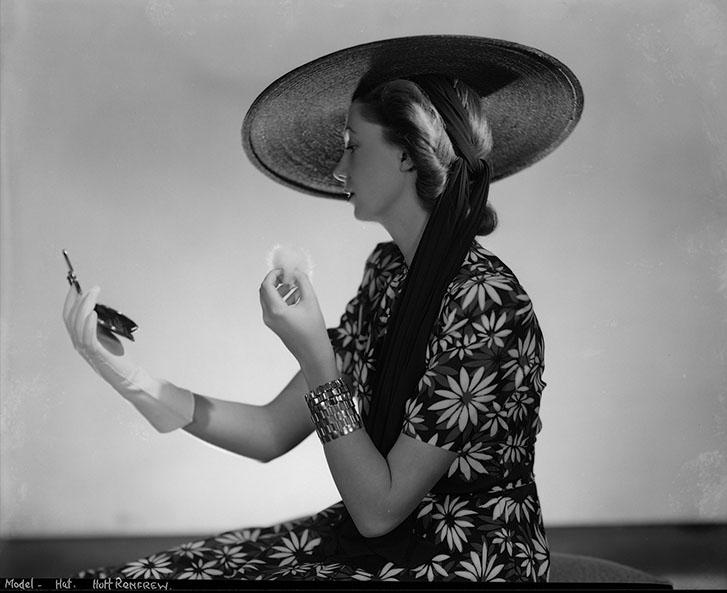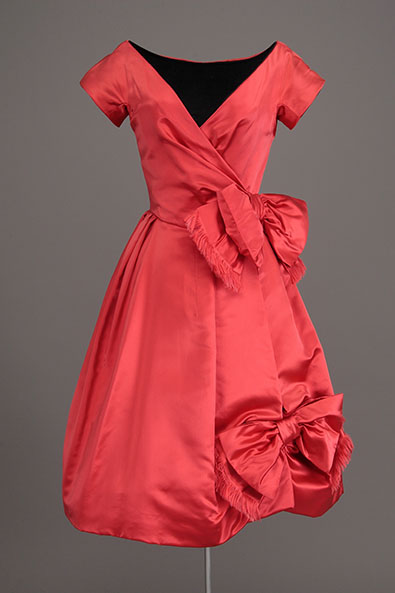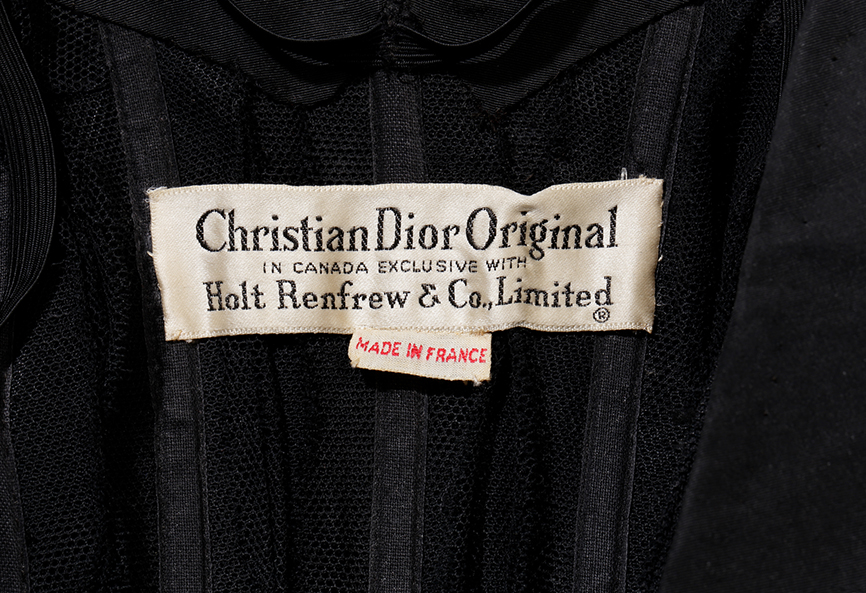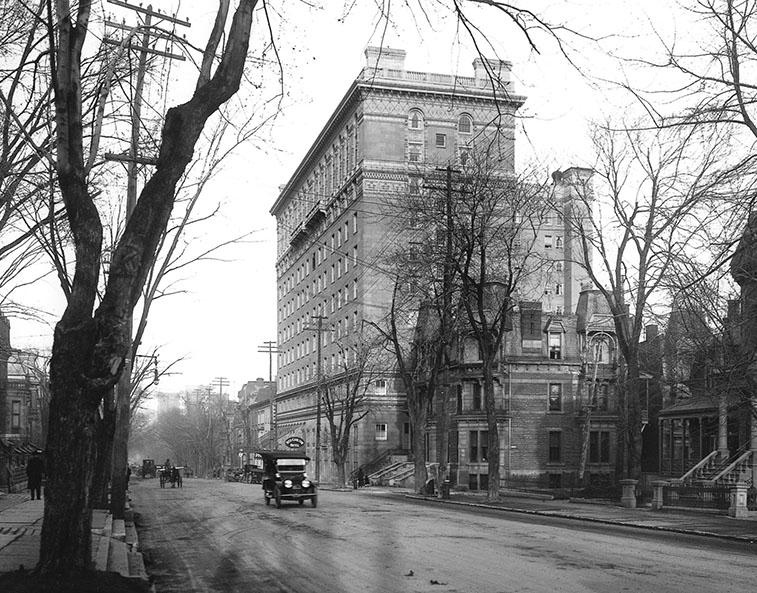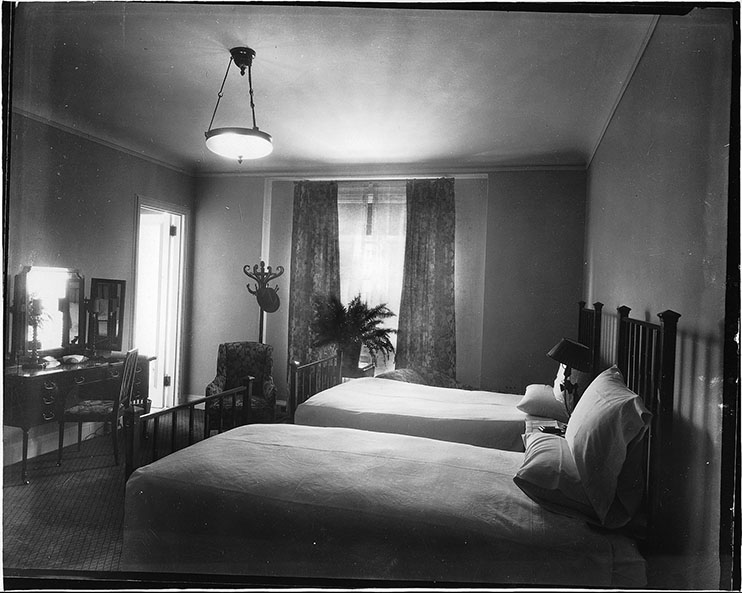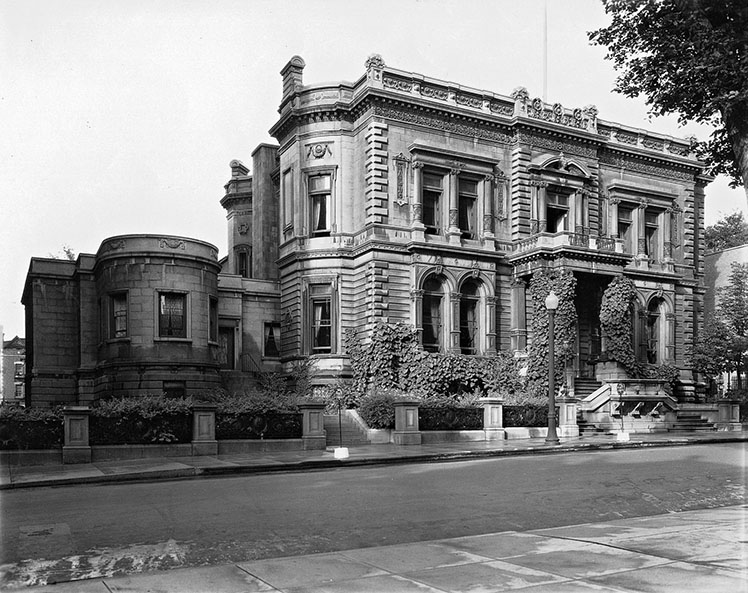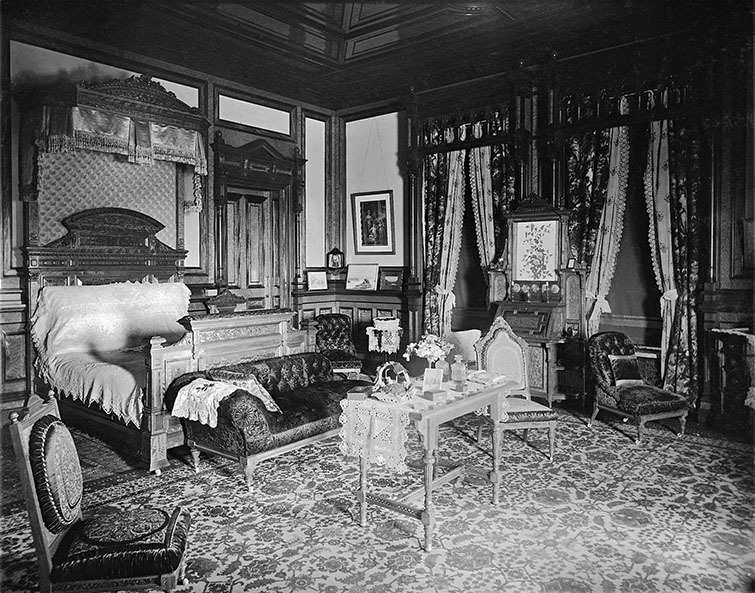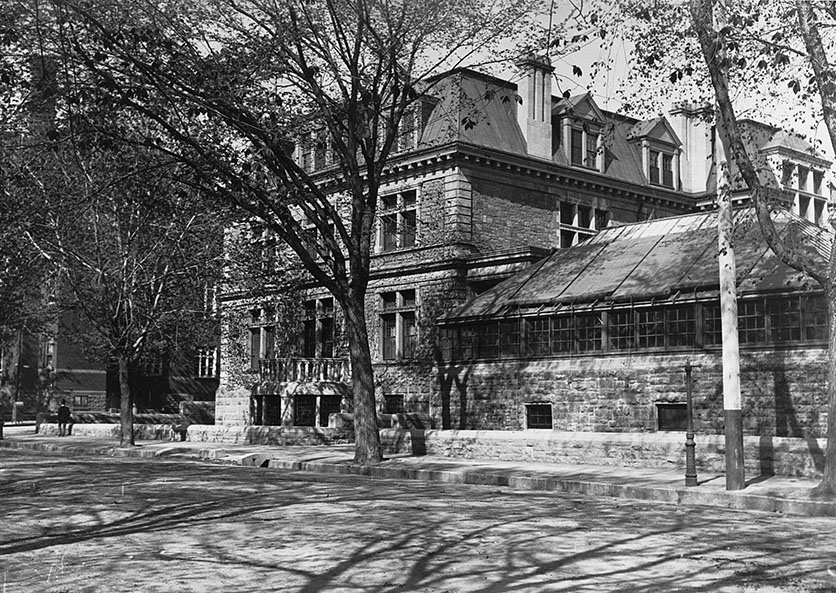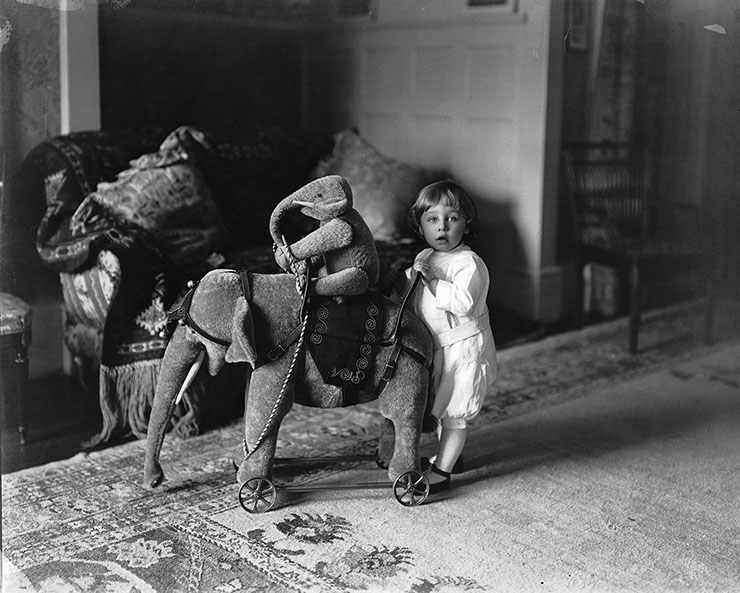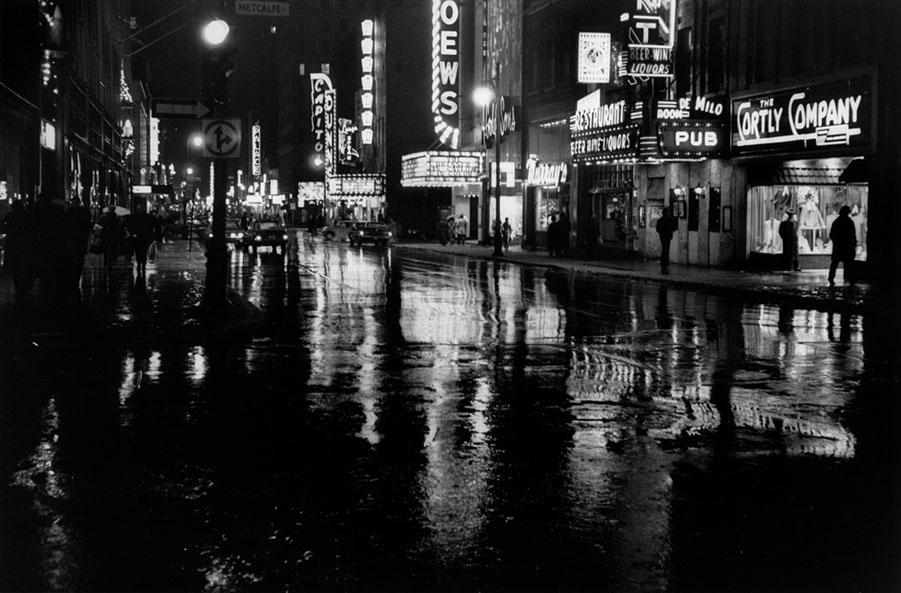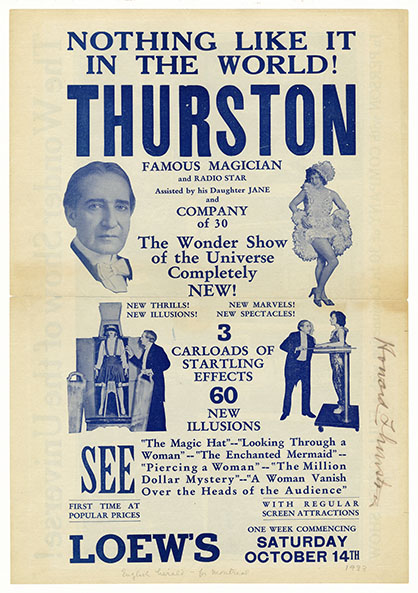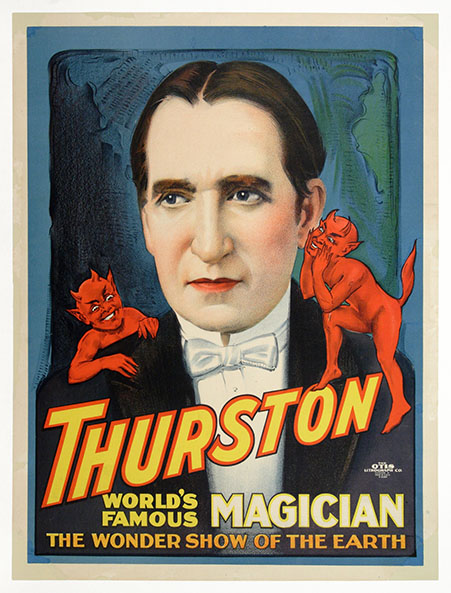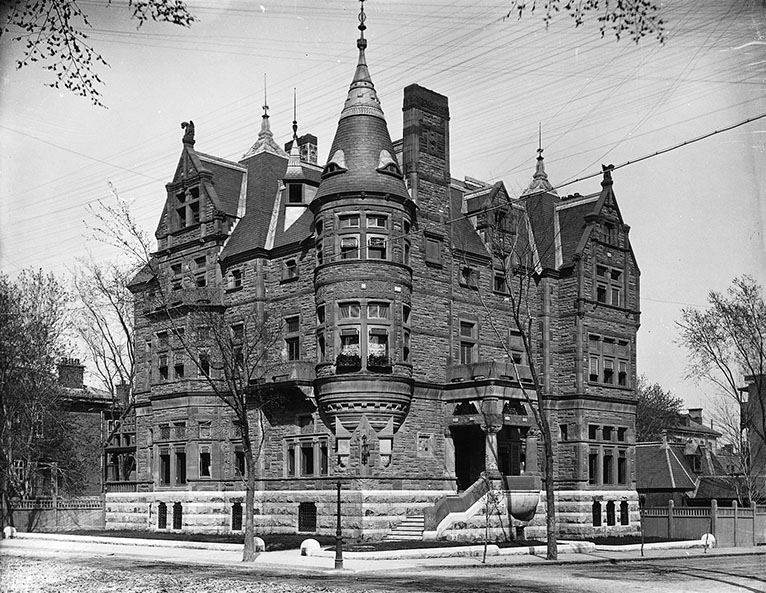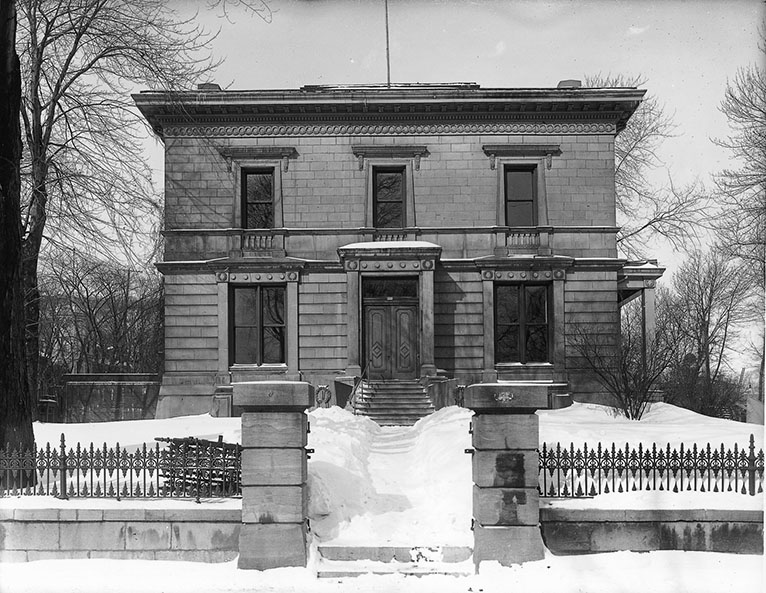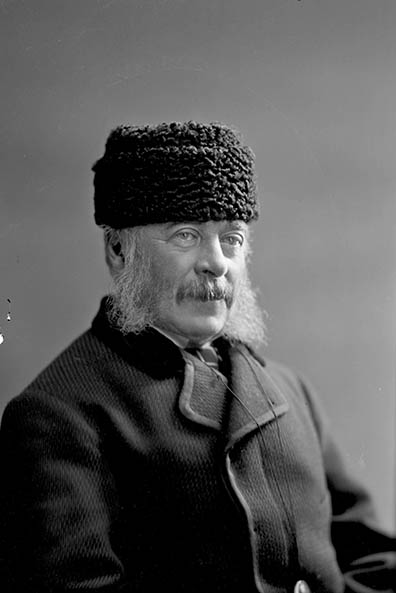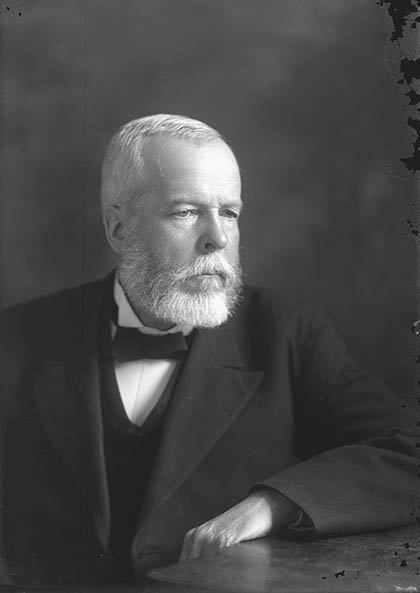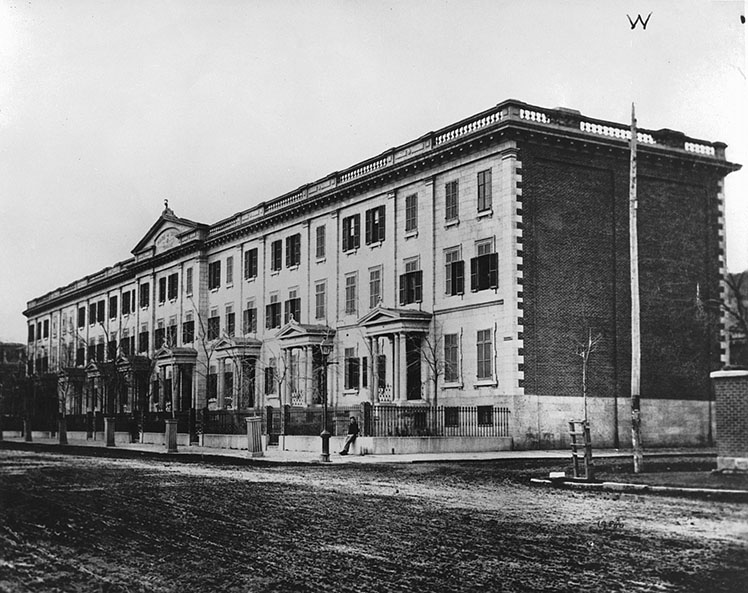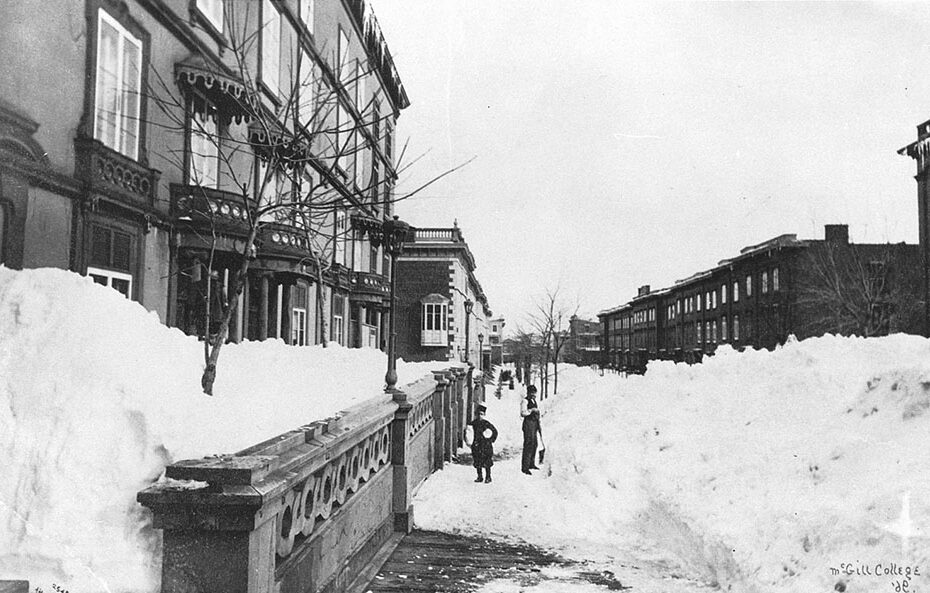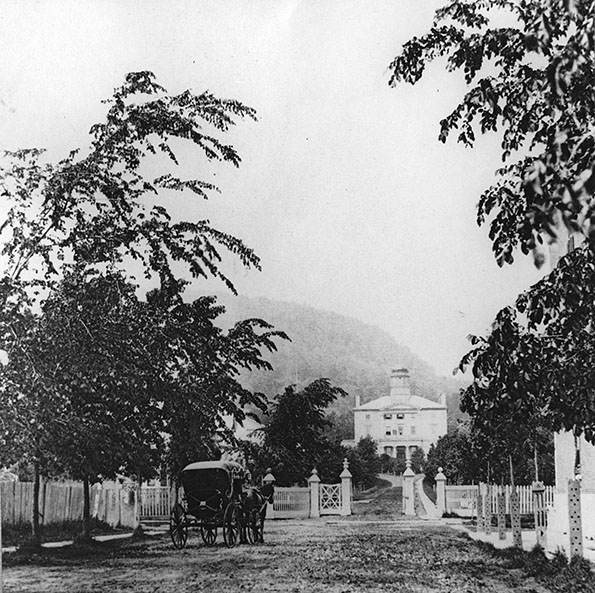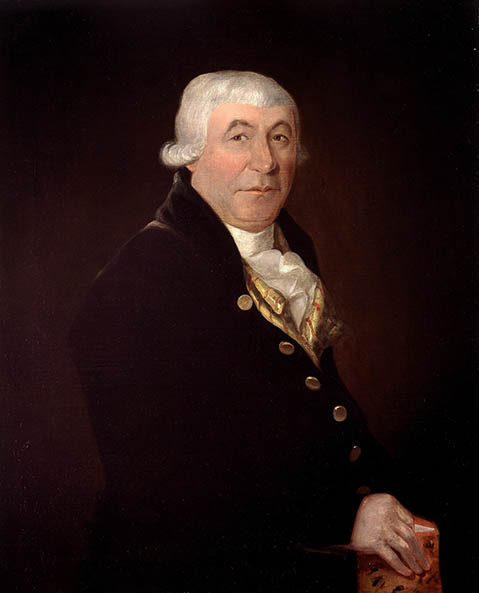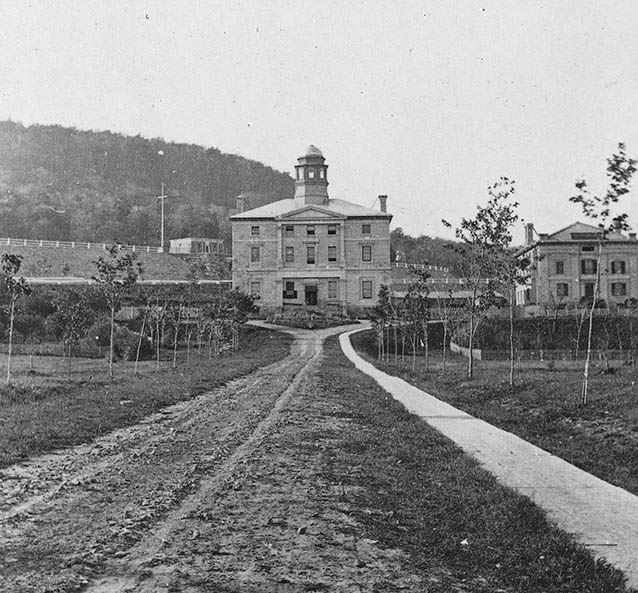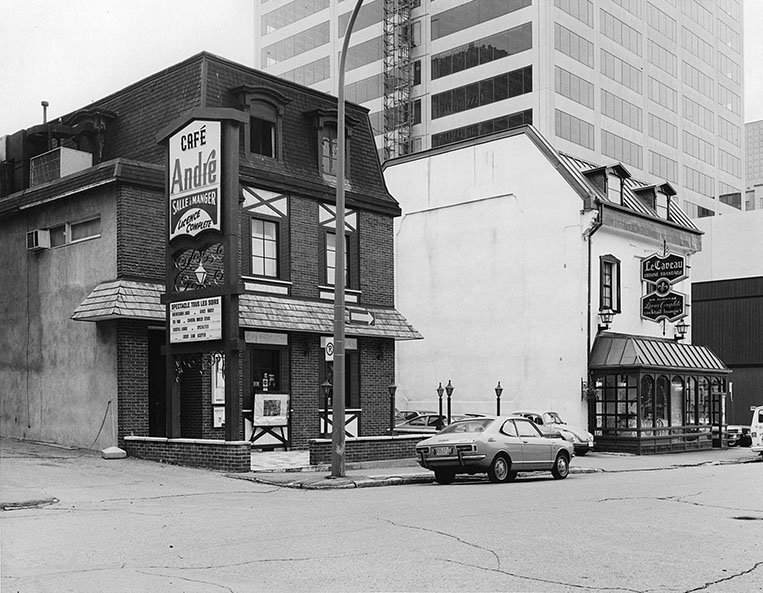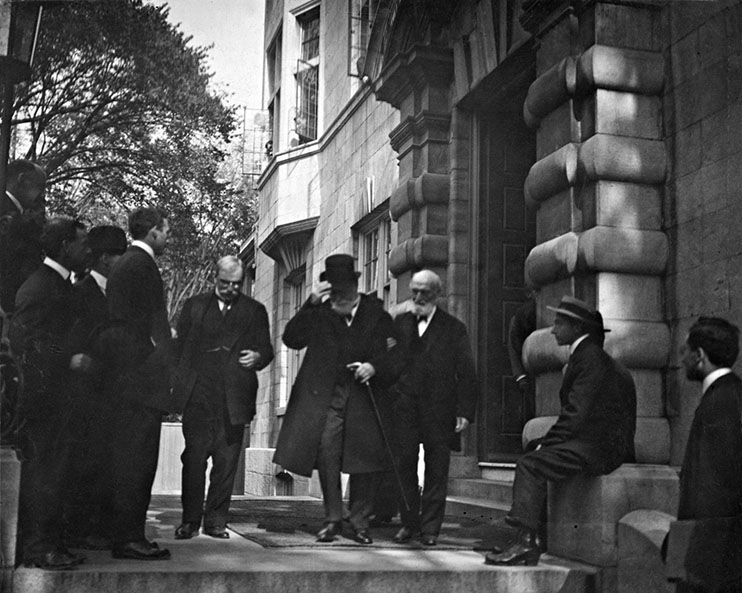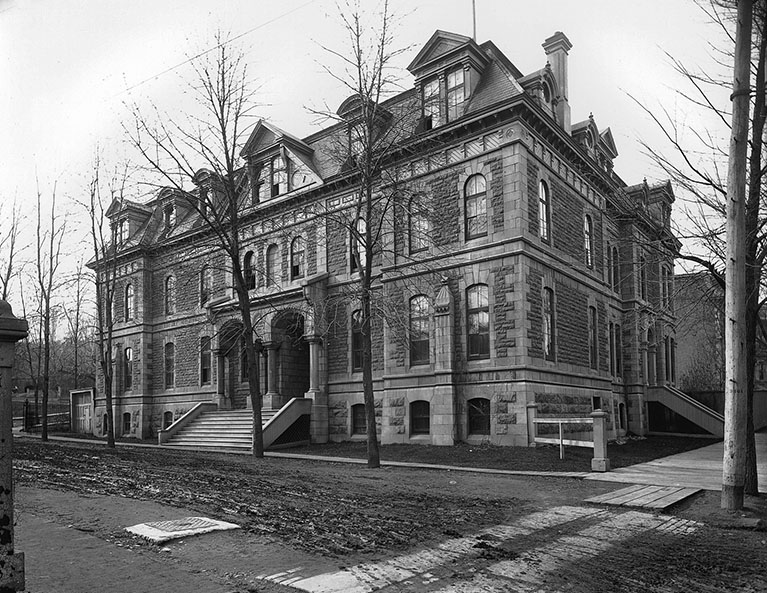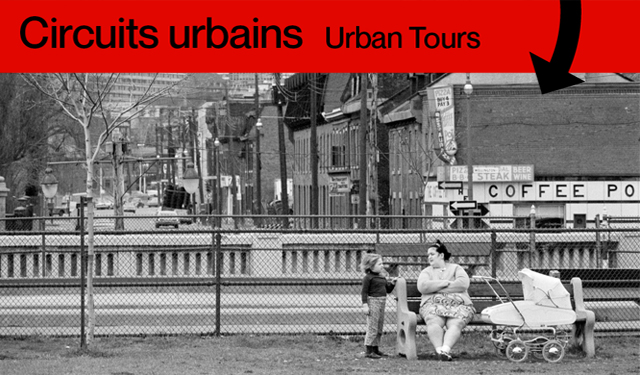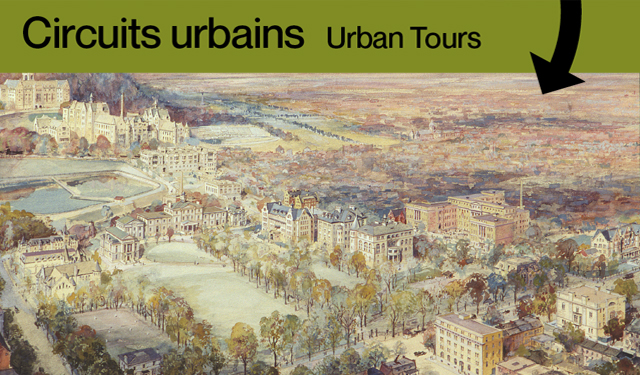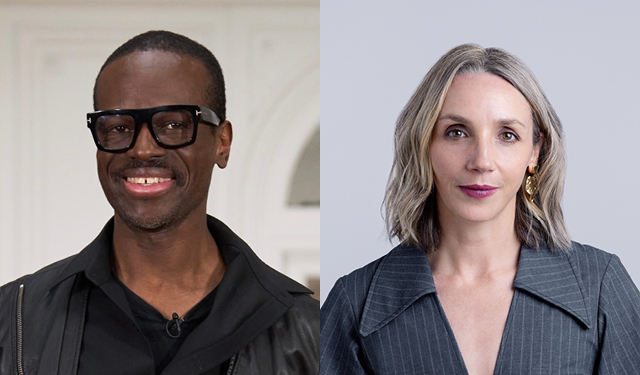Golden Square Mile
History at your fingertips! The Urban Tours provide a fun way to learn more about the history of certain Montreal sites.
June 18, 2024
Take an exclusive outdoor tour thanks to historical images from the Museum’s collections.
Using your phone, explore the various tours and discover the history of many city sites and images that bear witness to the Montreal of the past.
The McCord Stewart Museum’s urban tours offer a unique opportunity to discover the history of Montreal landmarks.
The Golden Square Mile tour takes you through one of Montreal’s most prestigious neighbourhoods as you explore the past of iconic buildings and mansions.
1. STANLEY BAGG’S HOUSE
This home, with the carriages going past, belonged to Stanley C. Bagg, one of Montreal’s biggest property owners in the 19th century and one of the founders of the Numismatic and Antiquarian Society of Montréal.
2. MRS. JOHN REDPATH’S HOUSE
This beautiful home is a reminder of how much Sherbrooke Street has changed. Like many other houses, it was torn down in the 1960s and a big apartment building was erected on the site.
3. SNOW SCENE, SHERBROOKE STREET, LOOKING EAST
Although modern snow banks are usually less impressive than the ones in this picture, the row houses on the right and the Erskine and American Church in the background can still be admired today.
4. SHERBROOKE STREET TOWARDS THE NEW ART GALLERY
Finding its Phillips Square premises to be too cramped, the Art Association Gallery moved its collections to a building on Sherbrooke Street in 1912. In 1949, the association changed its name to the Montreal Museum of Fine Arts. The building is still part of the Museum and is linked to its other pavilions located on both sides of Sherbrooke Street.
5. CONSTRUCTION OF THE CHATEAU APARTMENTS
Erected in 1925, this impressive building had 136 apartments. The architects were influenced by the classical style of old French châteaux.
6. HOLT RENFREW & CO. UNDER CONSTRUCTION
Holt Renfrew opened in this Art Deco style building in 1937, the year of its 100th anniversary. Established in Quebec City by Irish-born merchant W. S. Henderson, the firm first specialized only in furs. By the time this store opened, the company was well known for its high-end fashion clothing imported from London and Paris.
Alvin J. Walker, initially Holt’s managing director and later president, was largely responsible for building relationships with Parisian couture houses over his 35‑year career with the store.
7. SHERBROOKE STREET, LOOKING EAST
The Ritz-Carlton Hotel was built in the heart of Montreal’s poshest neighbourhood. It was 40 m high—the maximum allowed by the City until the 1920s.
Built in 1911-12 at a cost of $3 million, the Ritz-Carlton was a high-class hotel that offered top-notch service. Still operating today, it now also has luxury apartments.
8. CLUB MOUNT STEPHEN
George Stephen (1829-1921), later Lord Mount Stephen, was a director of the Canadian Pacific Railway. He was a man of tremendous wealth and power in both Canada and the United Kingdom.
Victorian interiors, like the decor of this bedroom, were often filled with paintings, draperies, furniture and all kinds of other decorative items.
9. SIR WILLIAM C. VAN HORNE’S HOUSE
Sir William C. Van Horne (1843-1915) was the general manager of the Canadian Pacific Railway. He lived in this beautiful house, which has since been replaced by a hotel.
In this photo, William C. Van Horne’s grandson is seen playing with a stuffed elephant on wheels. This toy is now part of the McCord Stewart Museum’s collection.
10. THÉÂTRE LOEW’S
During a 1933 visit to Montreal, Howard Thurston (1869‐1936), the new king of magic in North America, appeared at the Loew’s Theatre. Built on St. Catherine Street in 1917, the Loew’s was, at that time, Montreal’s largest theatre with over 3,000 seats. The theatre closed in 1975, and since then the building has housed a variety of businesses.
11. HON. GEORGE DRUMMOND’S HOUSE
This magnificent home, destroyed in 1926, belonged to Scottish-born industrialist, financier and senator Sir George Alexander Drummond. The two sculptures on top of the gables are now in the McCord Stewart Museum’s collection.
12. « DILCOOSHA », JESSE JOSEPH’S HOUSE
The McLennan is McGill University’s largest library. It was built between 1967 and 1969 on the site of this Montreal mansion, which served an interesting variety of purposes over the years. Constructed in about 1865 in the Egyptian Renaissance style, it was named Dilcoosha (Hindustani for “Heart’s Delight”) by its first owner, the Montreal businessman Jesse Joseph.
Jesse Joseph (1817-1904) was a busy and successful man. President of the Montreal Gas Company and the Montreal Street Railway Company, and director of the Great North West Telegraph Company and a number of banks, Jesse Joseph also invested in real estate and built Montreal’s Theatre Royal. In addition, he served for over fifty years as the diplomatic representative for Belgium in Montreal. Jesse Joseph was also a kindly and benevolent donor, whose gifts to charities were often anonymous, as he disliked “anything savouring of notoriety.” A longtime board member of the Spanish and Portuguese Synagogue, located on McGill College Avenue just around the corner from his house, Jesse Joseph was president of the congregation at the time of his death in 1904.
After his death, Dilcoosha was purchased and donated to McGill by Sir William Macdonald, to prevent a hotel from being built on the lot. During World War I, the Joseph house was used by the McGill contingent of the Canadian Officers’ Training Corps, and a firing range was set up in the attic!
In 1919 David Ross McCord (1844-1930) donated his collection of some 18,000 objects relating to the history of Canada to McGill, along with an endowment. The McCord National Museum was officially opened in Dilcoosha on October 13, 1921. Housed there for over thirty years, the museum was moved in late 1954, when the building – which had developed a large crack in the rear wall – was condemned and slated for demolition.
David Ross McCord was born in Montreal, the son of lawyer John Samuel McCord and his wife Anne Ross. After attending the High School of Montreal, he completed his education at McGill University, earning a BA in 1863 and a law degree in 1867. Though he practised as a lawyer, by the 1880s David Ross McCord’s hobby of collecting material related to the history of Canada had developed into a passion.
13. PRINCE OF WALES TERRACE
The Prince of Wales Terrace was built in honour of the Prince of Wales’ 1860 visit. It consisted of nine row houses with identical façades. They were torn down in 1971.
14. MCGILL COLLEGE AVENUE, LOOKING SOUTH
In 1869, McGill College Avenue was a prestigious place to live, lined on either side with fashionable row houses, or “terraces,” styled after the townhouses common in cities such as London or Edinburgh.
The quiet, residential character of the avenue at this time was no accident. In the 1850s, when sales of lots on McGill College lands below Sherbrooke Street were being promoted, strict rules were imposed on buyers: no industrial premises were allowed, nor were any activities permitted that were “likely to disturb or discourage neighbours – such as stone masons’ yards or tanneries or other noisome trades.”
15. GATES TO MCGILL UNIVERSITY
McGill University was founded after wealthy merchant James McGill (1744-1813) died and bequeathed his 46-acre country estate, Burnside, to the Royal Institution for the Advancement of Learning, on the understanding that it become the site of an institution of higher education. The establishment of the university was fraught with legal difficulties, but McGill College was finally inaugurated in 1829 and its first faculty, that of Medicine, officially opened.
The University of McGill College (the title that was often used for the insititution before 1885) struggled financially in its early years, and it was not until 1843 that the two buildings seen in the second photograph were constructed and the Faculty of Arts established.
James McGill’s Burnside estate originally extended from what would become Dorchester Street (now René-Lévesque Boulevard) northwards to a little below present-day Docteur-Penfield. On the west side it was bounded by University Street (now Robert-Bourassa), and on the east it stopped just short of present-day McTavish Street.
In an effort to raise money for the college, authorities decided to lease and then later sell outright the land south of Sherbrooke Street. A plan was drawn up that divided the property into small lots and added roads, and so McGill College Avenue came into being.
In 1869, John William Dawson had been Principal of McGill for fourteen years. Dawson took a particular interest in improving the grounds, which when he arrived had been “unfenced, and pastured at will by herds of cattle.”Beyond the well-kept wooden fence and gate at Sherbrooke Street, the trees he had carefully planted – mere saplings in 1859 – have begun to fill out along the avenue.
16. CAFÉ ANDRÉ
The Café André was a restaurant and show bar that was replaced by the McCord Museum’s 1989-92 extension. Le Caveau restaurant is the only survivor of the residences on Victoria Street.
17. OPENING OF THE STUDENT UNION BUILDING
The McGill University Student Union Building was officially opened in 1906 at a ceremony attended by university principal Sir William Peterson and benefactors Lord Strathcona and Sir William Christopher Macdonald.
18. WESLEYAN THEOLOGICAL COLLEGE
Several theological colleges used to be associated with McGill. The Wesleyan Theological College was built in 1882 on the north side of the Milton entrance. Wesleyans were named after John Wesley (1703-1791) who founded the Methodist movement.

